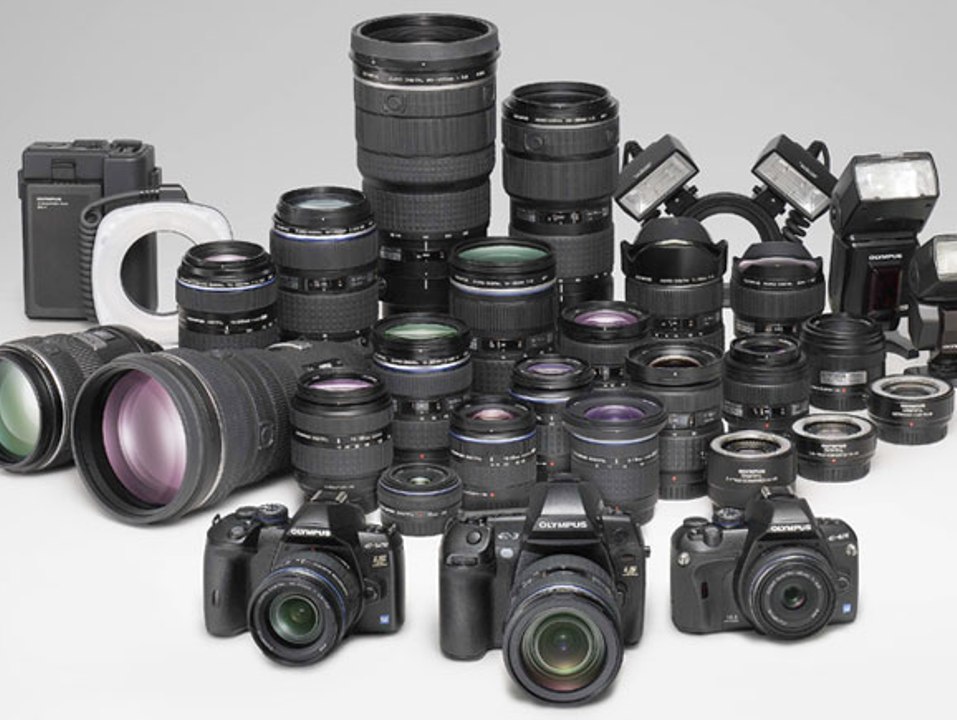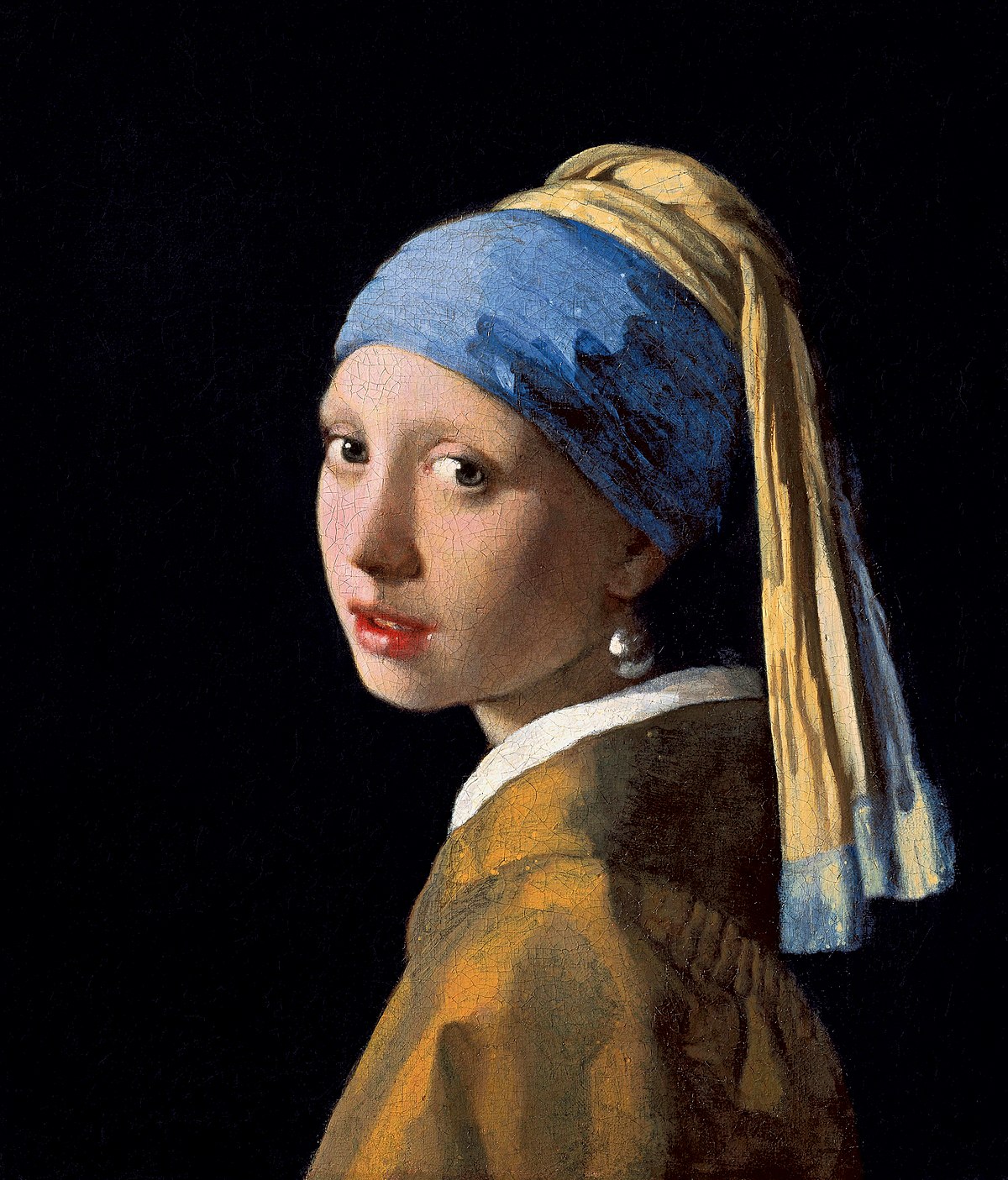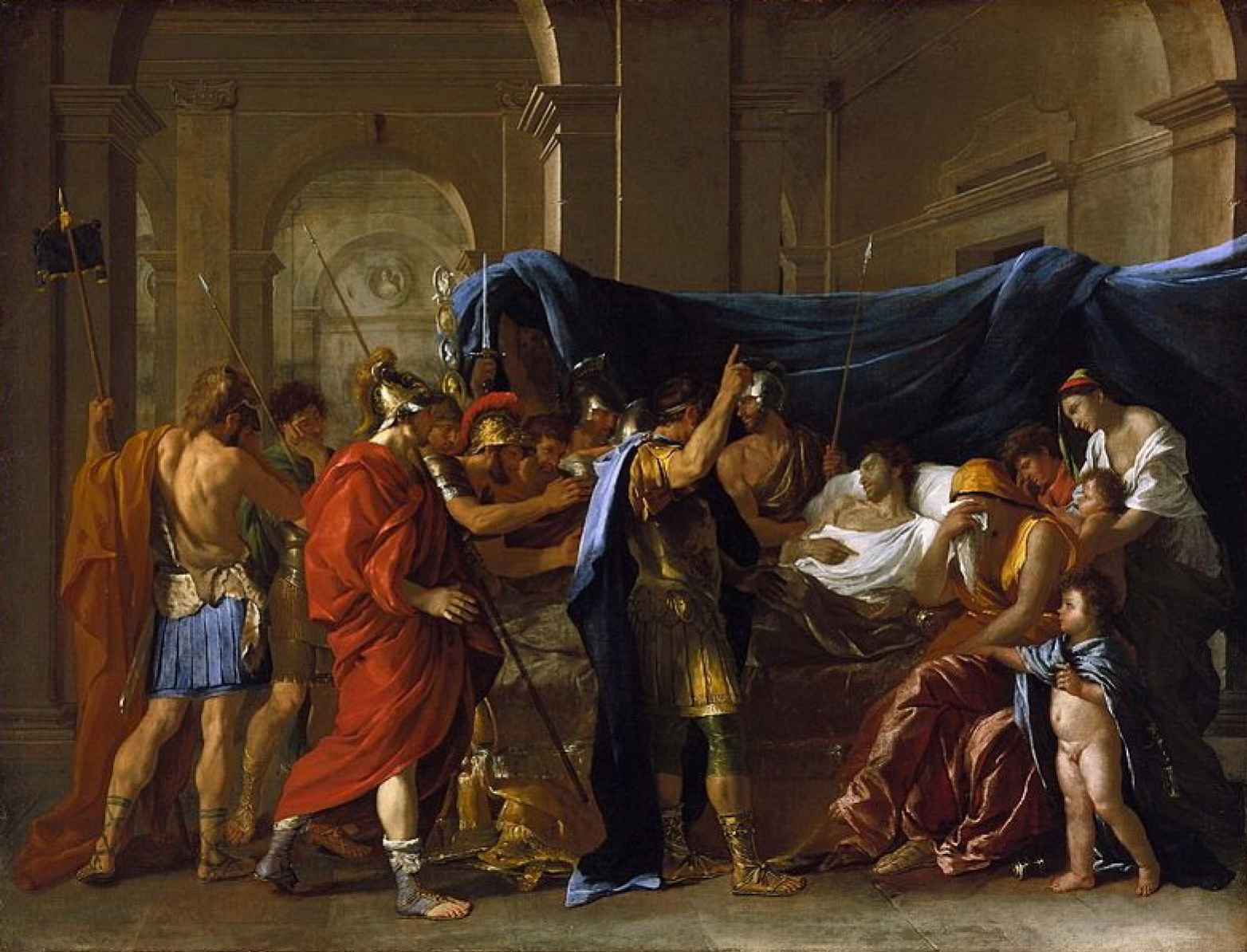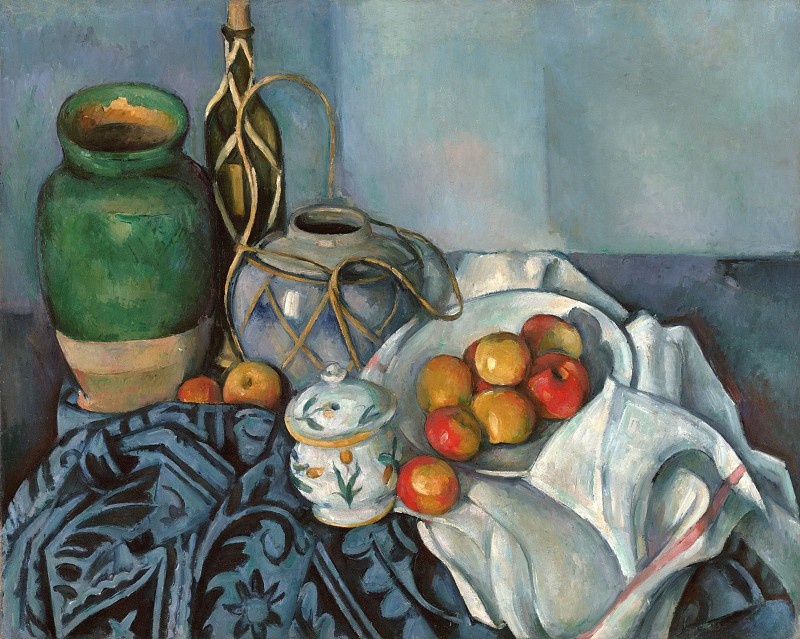Iconography: to see the invisible
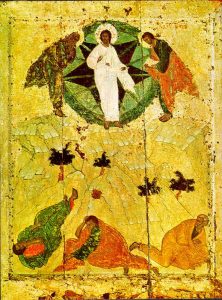 From ancient times, icon painting served as a “language for the illiterate” —a special language with its own rules and symbolism. For centuries, master-icon painters have brought it to perfection, trying to convey the spiritual otherness by material means. That is why icon painting is still considered to be the most difficult and rarest art in which human capabilities and divine beginnings are combined.
From ancient times, icon painting served as a “language for the illiterate” —a special language with its own rules and symbolism. For centuries, master-icon painters have brought it to perfection, trying to convey the spiritual otherness by material means. That is why icon painting is still considered to be the most difficult and rarest art in which human capabilities and divine beginnings are combined.
The copy (from the icon and write), also iconography, isography – a type of Christian church painting, designed to create sacred images – icons.
Such works replaced the written word with paints, just as the Gothic cathedral translated into visual language the scholastics and the secrets of alchemy.
What is an icon? Continue reading
Fayum portraits
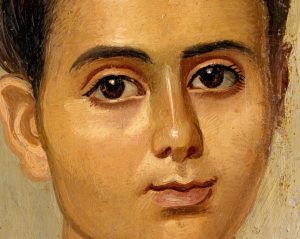 These amazing works of art, which are often called “icons before icon painting”, are not just historical values. They can serve as a magnificent and impressive illustration of the mutual penetration of cultures.
These amazing works of art, which are often called “icons before icon painting”, are not just historical values. They can serve as a magnificent and impressive illustration of the mutual penetration of cultures.
The Fayum portraits were created for the ritual of burial in ancient Egypt during the times of Roman rule of the first and third centuries of our era.
The first find in the Fayum oasis in 1887 assigned them the name Fayum. Portraits continued to be called, even discovering similar treasures in other parts of Egypt. To date, about 750 ancient masterpieces have been collected. Continue reading
PORTRAITS as a mirror of the soul
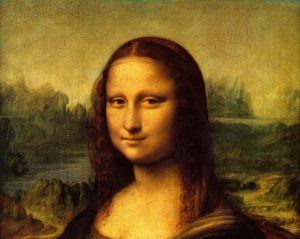 Portrait is a realistic genre depicting a person or a group of people existing in reality. The portrait – in French reading – portrait, from the old French portraire – “to reproduce something the line in line”. Another facet of the name of the portrait lies in the outdated word “parsuna” – from the Latin. persona – “personality; individual”.
Portrait is a realistic genre depicting a person or a group of people existing in reality. The portrait – in French reading – portrait, from the old French portraire – “to reproduce something the line in line”. Another facet of the name of the portrait lies in the outdated word “parsuna” – from the Latin. persona – “personality; individual”.
The origin of the term “portrait”
The Frenchman Andre Felibien (1619 – 1695), the official court historian of King Louis XIV, was the first to suggest that the word “portrait” be the images of exclusively “human beings”, thereby separating man from the animal and plant worlds.
The origin of the portrait genre Continue reading
Alexandra Exter: Amazon, carried away by the whirlwind of the revolution
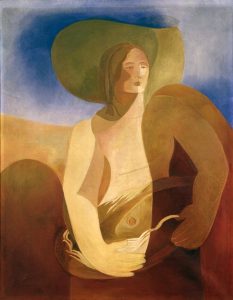 Malevich, “inventing” Suprematism, did not let anyone into the workshop. The only exception was the avant-garde artist Alexandra Exter. Once a resident of Kiev, having moved to France, she taught at the school of Fernand Leger, created “model” clothes, and after a long oblivion her paintings are now valued “by a million.” Our small excursion is on the Kiev routes of the “Amazon of the Russian avant-garde”.
Malevich, “inventing” Suprematism, did not let anyone into the workshop. The only exception was the avant-garde artist Alexandra Exter. Once a resident of Kiev, having moved to France, she taught at the school of Fernand Leger, created “model” clothes, and after a long oblivion her paintings are now valued “by a million.” Our small excursion is on the Kiev routes of the “Amazon of the Russian avant-garde”.
“Kiev artists are primarily not artists, but some people without any taste, for whom, judging by their works, the drawings on the candy boxes represent an unattainable ideal,” Alexandra Exter wrote these words when she visited one of the city’s art exhibitions in 1912 year Continue reading
Modern: Russian names.
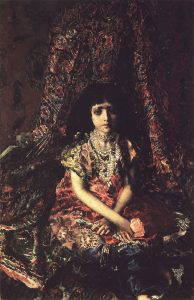 In every country, modernity had its own name, face, and character. In Russia, the style was called art nouveau, and its representatives skillfully interweaved folklore and that mysterious Russian soul into modern art. This was done gracefully and unobtrusively.
In every country, modernity had its own name, face, and character. In Russia, the style was called art nouveau, and its representatives skillfully interweaved folklore and that mysterious Russian soul into modern art. This was done gracefully and unobtrusively.
Mikhail Vrubel. All artist demons
“Demon sitting” – a picture that can be attributed to the symbolism and modernity. According to the semantic content, this is rather symbolism, because, as Vrubel wrote, “the demon is not so much evil as suffering and sorrowful, with all this a powerful, dignified spirit”. He is a symbol of the inner struggle of man. Continue reading
